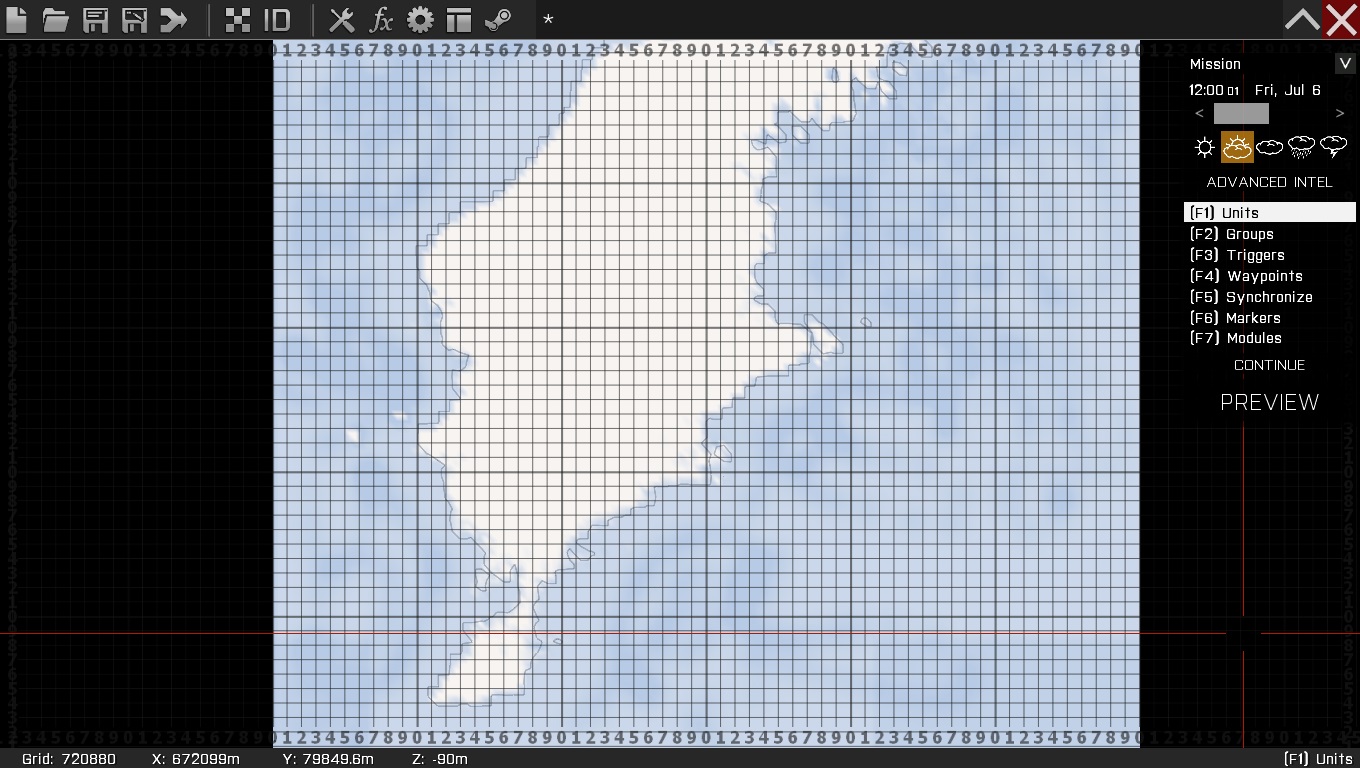
You can grab the notebook or download the dataset to follow along.įirst, we import the dataset and display the first five rows: data = pd.read_csv('jj.csv') data.head()

Now, we will use the same dataset, but model the time series with an ARIMA(p,d,q) model. This dataset was used to show the Yule-Walker equation can help us estimate the coefficients of an AR(p) process. Let’s revisit a dataset that we analyzed previously. Project -Modelling the quarterly EPS for Johnson&Johnson Let’s walk through an example of modelling with ARIMA to get some hands-on experience and better understand some modelling concepts.

Just like with ARMA models, the ACF and PACF cannot be used to identify reliable values for p and q.

Then, we will simulate the following ARMA process: Let’s start with a simple example of an ARMA process of order 1 in both its moving average and autoregressive part.įirst, let’s import all libraries that will be required throughout this tutorial: from import plot_pacf from import plot_acf from _process import ArmaProcess from import acorr_ljungbox from import SARIMAX from import adfuller from import pacf from import acf from tqdm import tqdm_notebook import matplotlib.pyplot as plt import numpy as np import pandas as pd import warnings warnings.filterwarnings('ignore') %matplotlib inline Let’s how an ARMA(p,q) process behaves with a few simulations. Hence, this model can explain the relationship of a time series with both random noise (moving average part) and itself at a previous step (autoregressive part).


 0 kommentar(er)
0 kommentar(er)
